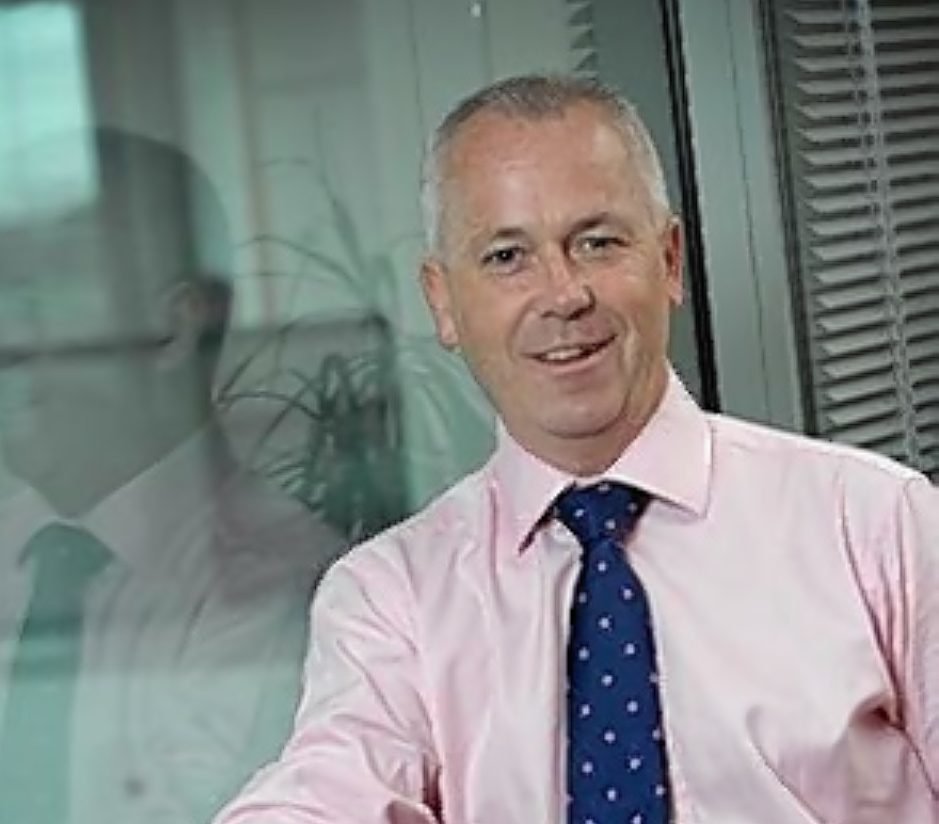Scotland’s private sector experienced a downturn at the start of the third quarter, with output returning to contraction territory, according to new figures published by the Bank of Scotland today
The fall stemmed from the sharpest drop in new business intakes reported for 47 months.
However, workforce numbers stabilised during the month, ending a seven-month sequence of job shedding.
The seasonally adjusted headline Bank of Scotland PMI – a single-figure measure of the month-on-month change in combined manufacturing and services output – fell to a four-month low of 49.2 during July, down from 50.5 in June.
The return to contraction territory was broad-based across manufacturers and service providers, after both recorded declines in their business activity.
Demand for Scottish goods and services deteriorated at the sharpest pace for nearly four years during July, ending a three-month period of growth. New order volumes at goods producers contracted at the sharpest rate since September 2012.
Meanwhile, employee numbers stabilised in July, ending a seven-month sequence of decline.
Companies left their selling prices broadly unchanged during July, having lowered them marginally in June. The survey data highlighted a further increase in average cost burdens in Scotland’s private sector economy. The rise continues a trend which has been observed since February.
Graham Blair, Regional Director, SME Banking Scotland said, “The start of the third quarter was challenging for Scottish private sector firms, as declining demand conditions knocked the economy back into contraction during July. New business levels fell at the sharpest pace for nearly four years, with the decrease across both manufacturers and service providers.
“However, it is encouraging to see employment levels stabilise.
“Following the outcome of the EU Referendum it is still too early to understand the full impact for businesses across Scotland but we are ready to support them so that they are well positioned to meet any challenges ahead”.
Commenting on the figures, the Scottish Council for Development and Industry’s director of policy and place Claire Mack said: “The significant and historic decision by the Bank of England to lower interest rates to 0.25% combined with this sharp fall in output and new business highlights the challenging transition period the Scottish and UK economy now faces.
“Whilst employment levels look to be stabilising in the short term it is vital that we continue to see investment in our infrastructure to ensure that Scotland can increase its competitiveness. Additional emphasis is also needed to be put into supporting internationalisation and creating the right conditions to ensure that businesses have the confidence to continue to invest in new innovations to improve their competitiveness.”










